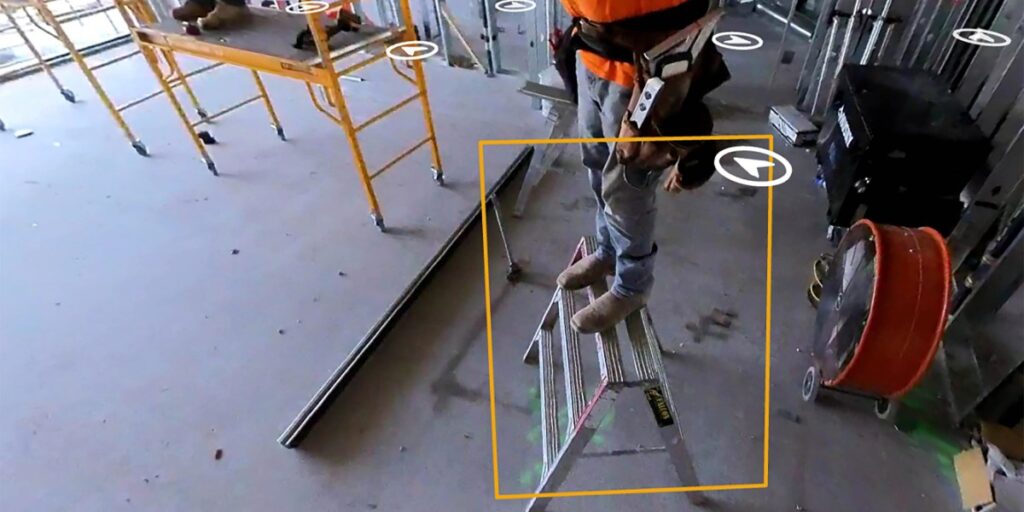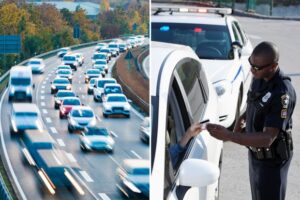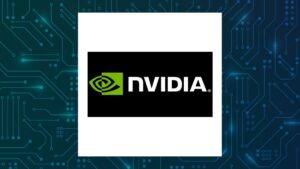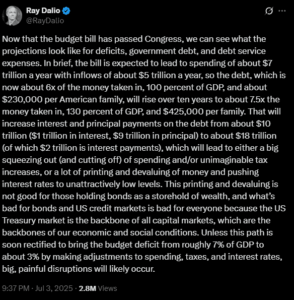
More than 1,000 construction workers die on the job each year in the United States, making it the most perilous industry for fatal slips, trips, and falls. A new artificial intelligence tool, Safety AI, is poised to change that narrative. Developed by Philip Lorenzo, Safety AI analyzes daily progress on construction sites and identifies conditions that violate Occupational Safety and Health Administration (OSHA) rules, boasting a claimed 95% accuracy rate.
Safety AI is pioneering in its use of generative AI to flag safety violations, marking it as the first of several emerging AI tools aimed at enhancing construction safety. Despite its impressive success rate, Lorenzo acknowledges that Safety AI is not infallible, highlighting the ongoing challenges in achieving perfect accuracy in AI-driven safety solutions.
The Role of AI in Construction Safety
The introduction of AI into construction safety is a significant development, given the industry’s historical challenges with workplace hazards. According to the Bureau of Labor Statistics, construction consistently ranks as one of the most dangerous sectors, with falls, being struck by objects, and electrocutions among the leading causes of fatalities.
Safety AI’s ability to analyze site conditions in real-time and predict potential hazards offers a proactive approach to accident prevention. By integrating AI, construction companies can potentially reduce the risk of accidents, thus saving lives and reducing costs associated with workplace injuries.
Expert Opinions and Industry Impact
Experts in occupational safety see the potential for AI tools like Safety AI to revolutionize the industry. Dr. Emily Chen, a professor of civil engineering, notes that “AI technology can provide a level of oversight and predictive capability that human inspectors simply cannot match.” This sentiment is echoed by industry leaders who are increasingly investing in technology to enhance safety protocols.
“AI technology can provide a level of oversight and predictive capability that human inspectors simply cannot match.” — Dr. Emily Chen
However, the integration of AI into construction safety is not without its challenges. Concerns about data privacy, the cost of technology implementation, and the need for human oversight remain prevalent. As AI tools become more common, the industry will need to address these issues to maximize their benefits.
Inside OpenAI’s Empire: A Conversation with Karen Hao
In a related development, the exploration of AI’s potential and its implications was a central theme in a recent Roundtable discussion with Karen Hao, author and former MIT Technology Review senior editor. Her new book, “Empire of AI: Dreams and Nightmares in Sam Altman’s OpenAI,” delves into the transformative journey of OpenAI and its impact on the tech landscape.
During the conversation, Hao discussed the dual nature of AI advancements, highlighting both the opportunities and ethical dilemmas they present. The discussion was moderated by Niall Firth, executive editor, and provided a platform for subscribers to engage with Hao’s insights on AI’s evolving role in society.
OpenAI’s Influence and Future Directions
OpenAI, founded by tech luminary Sam Altman, has been at the forefront of AI research and development. Its mission to ensure that artificial general intelligence benefits all of humanity underscores the broader ethical considerations that accompany technological progress.
Hao’s analysis of OpenAI’s trajectory offers a nuanced perspective on the challenges and triumphs faced by the organization. As AI continues to permeate various sectors, the insights from such discussions are invaluable for understanding the broader implications of AI technology.
“The tech industry can’t agree on what open-source AI means. That’s a problem.” — MIT Technology Review
Looking Ahead: The Future of AI in Construction and Beyond
The integration of AI in construction safety and the broader tech industry represents a significant shift towards more innovative and efficient practices. As tools like Safety AI become more prevalent, the potential for reducing workplace accidents and improving safety standards is immense.
Meanwhile, conversations around AI’s ethical implications, as highlighted by experts like Karen Hao, will continue to shape the discourse on technology’s role in society. The ongoing dialogue between industry leaders, researchers, and policymakers is crucial in navigating the complex landscape of AI advancements.
As the construction industry and tech sector evolve, the collaboration between AI developers and safety experts will be pivotal in ensuring that technological innovations translate into tangible benefits for workers and society at large.






